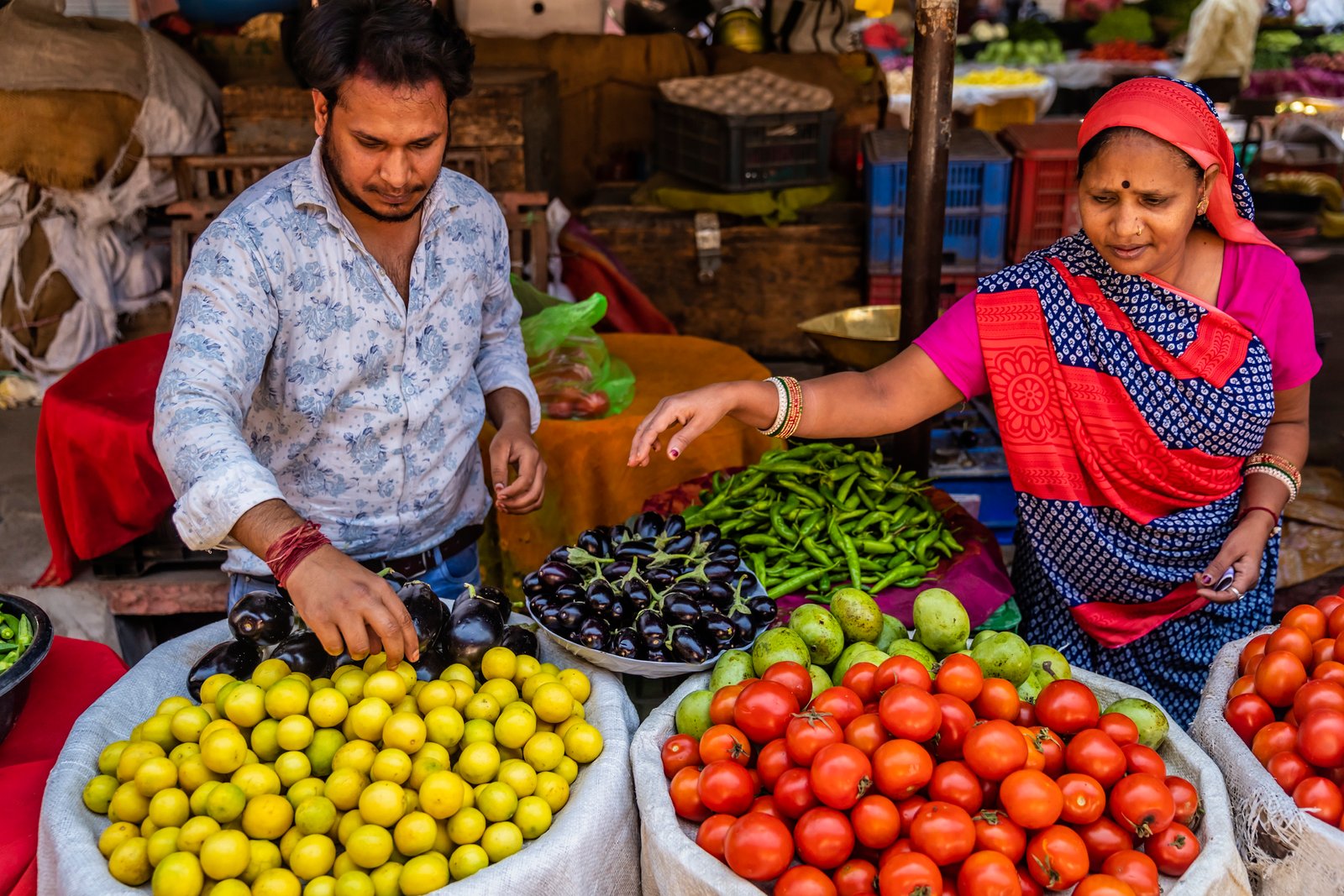What we eat has a profound impact on our health. In India, food is deeply tied to culture, festivals, and daily life, but it is also becoming central to the country’s public health agenda. India is currently grappling with a “triple burden of malnutrition”: undernutrition, hidden hunger due to micronutrient deficiencies, and rising overweight and obesity. At the same time, food safety remains a challenge, with adulteration and contamination often threatening even healthy diets. Together, these issues not only affect individual well-being but also place a heavy strain on healthcare systems and economic productivity.
Why a Healthy Diet Matters
A healthy diet provides the energy and nutrients needed for growth, immunity, and disease prevention. The World Health Organization (WHO) recommends daily meals that combine cereals or millets, pulses, a variety of vegetables, fruits, and moderate quantities of milk, eggs, or meat. However, Indian diets often lean heavily toward refined carbohydrates such as rice or flour, while consumption of fruits and vegetables remains well below the recommended five servings per day.
Unhealthy diets are now a leading cause of non-communicable diseases (NCDs) in India. According to the Indian Council of Medical Research (ICMR), poor diets contribute to nearly 56% of the nation’s total disease burden, linked to conditions such as diabetes, hypertension, and cardiovascular disease.
Reintroducing traditional foods can make a difference. Millets, for example, are high in fiber and rich in micronutrients like iron and calcium. India led the global celebration of 2023 as the International Year of Millets, underlining their role in combating lifestyle-related diseases such as diabetes and obesity.
The Nutrition Challenge in India
India’s nutrition story is complex. On the one hand, UNICEF estimates that nearly one in three children under five is stunted, reflecting chronic malnutrition. Micronutrient deficiencies, sometimes called “hidden hunger”, are also widespread. Lack of iron leads to high rates of anemia, particularly among women and adolescent girls.
On the other hand, urban lifestyles, easy access to processed foods, and sedentary habits have led to a sharp rise in obesity. Childhood obesity has more than doubled in the last two decades, and projections suggest that by 2050, almost one-third of Indians could be overweight or obese. This double burden of undernutrition in some groups and overnutrition in others underscores the urgent need for balanced diets across all age groups.
Food Safety: Protecting Health at the Source
Good nutrition cannot be achieved without food safety. Unsafe food contaminated with bacteria, viruses, chemicals, or adulterants can cause over 200 diseases, according to the WHO. In India, adulteration of common items such as milk, oils, and spices continues to be a recurring issue.
For households, simple practices can greatly reduce risk:
- Wash fruits and vegetables thoroughly under running water.
- Cook food properly, especially meats and pulses.
- Store food safely, keeping raw and cooked foods separate.
- Always check packaging for the FSSAI (Food Safety and Standards Authority of India) certification.
National efforts are also underway. The FSSAI’s Eat Right India campaign has been central in promoting safe and sustainable diets. Initiatives include fortification of staples like rice, wheat flour, and edible oils with essential vitamins and minerals; certification of clean street food hubs; and campaigns such as “Aaj Se Thoda Kam” to encourage lower intake of salt, sugar, and fats.
Policy and Government Initiatives
The Ministry of Health and Family Welfare has increasingly recognized the role of food in shaping public health. Through the Poshan Abhiyaan, the government is focusing on maternal and child nutrition. Parallelly, the FSSAI is working to ensure food safety across the supply chain.
To strengthen these efforts, the Ministry has been signing Memorandums of Understanding (MoUs) with both national and international organizations. Recent agreements have focused on global cooperation in food safety, capacity-building for standards, and the promotion of healthy diets. These collaborations signal a growing recognition that ensuring safe and nutritious food is not only a domestic issue but also a matter of international partnership and knowledge sharing.
Moving Toward a Healthier Future
The solutions to India’s nutrition and food safety challenges lie in a combination of policy action and personal responsibility. While the government is expanding programs and tightening regulations, individuals and families can make conscious choices every day:
- Choose whole grains and millets over refined grains.
- Incorporate seasonal fruits and vegetables into meals.
- Reduce consumption of packaged and ultra-processed foods.
- Practice safe cooking and storage methods.
Conclusion
Food is one of the most powerful tools we have to build a healthier India. By embracing balanced diets, ensuring food safety, and supporting national initiatives, individuals can not only improve their own well-being but also contribute to reducing the country’s disease burden. As India strengthens its partnerships and policies in nutrition and food safety, the responsibility also lies with each household to turn knowledge into everyday practice.
